Understanding the Manufacturing Process of Infant Apparel
Understanding the Manufacturing Process of Infant Apparel
Contents
- 1 Understanding the Manufacturing Process of Infant Apparel
- 1.1 Introduction
- 1.2 1. The Initial Stage: Fabric Selection for Infant Apparel
- 1.3 2. Designing Infant Apparel: Functionality Meets Style
- 1.4 3. Cutting and Pattern Making in Infant Apparel Manufacturing
- 1.5 4. Sewing and Assembly: The Heart of the Manufacturing Process
- 1.6 5. Quality Control: Ensuring Safety and Durability
- 1.7 6. Packaging and Distribution of Infant Apparel
- 1.8 Conclusion:
- 1.9 Petelulu is Your Best Partner for Starting Your Kids’ Clothing Line
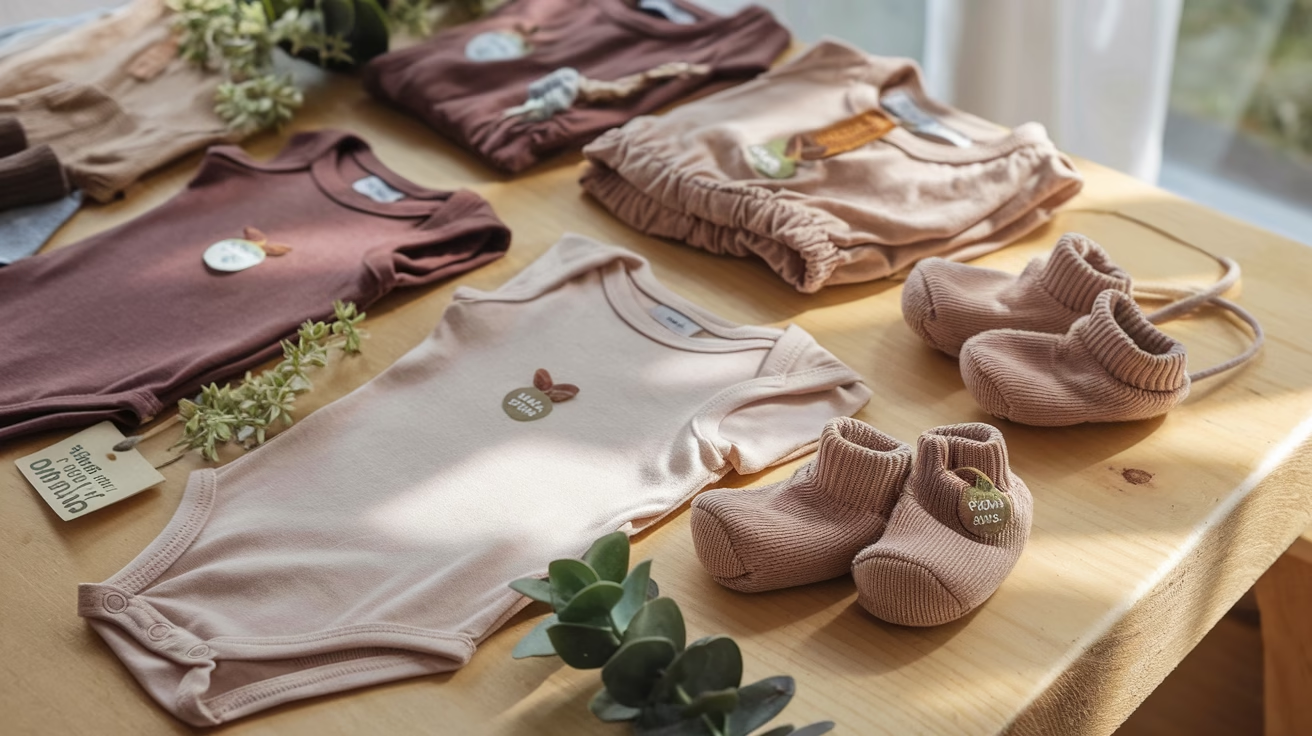
Introduction
As parents, we always strive to provide the best for our little ones, especially when it comes to their clothing. Soft fabrics, durable stitching, and safety are paramount concerns. But have you ever wondered how those tiny clothes, which are so essential to your baby’s comfort and style, are made? The journey from fabric selection to the final finishing touches is a detailed process that ensures the highest standards for infant apparel.
In this article, I will walk you through the essential steps of the infant apparel manufacturing process and provide you with insights into what to expect when working with an infant clothing manufacturer. Whether you’re a parent or a manufacturer, understanding this process can help you appreciate the care and attention that goes into every piece of baby clothing.
View more: The Ultimate Guide to Sourcing Eco-Friendly Fabrics for Baby Wear
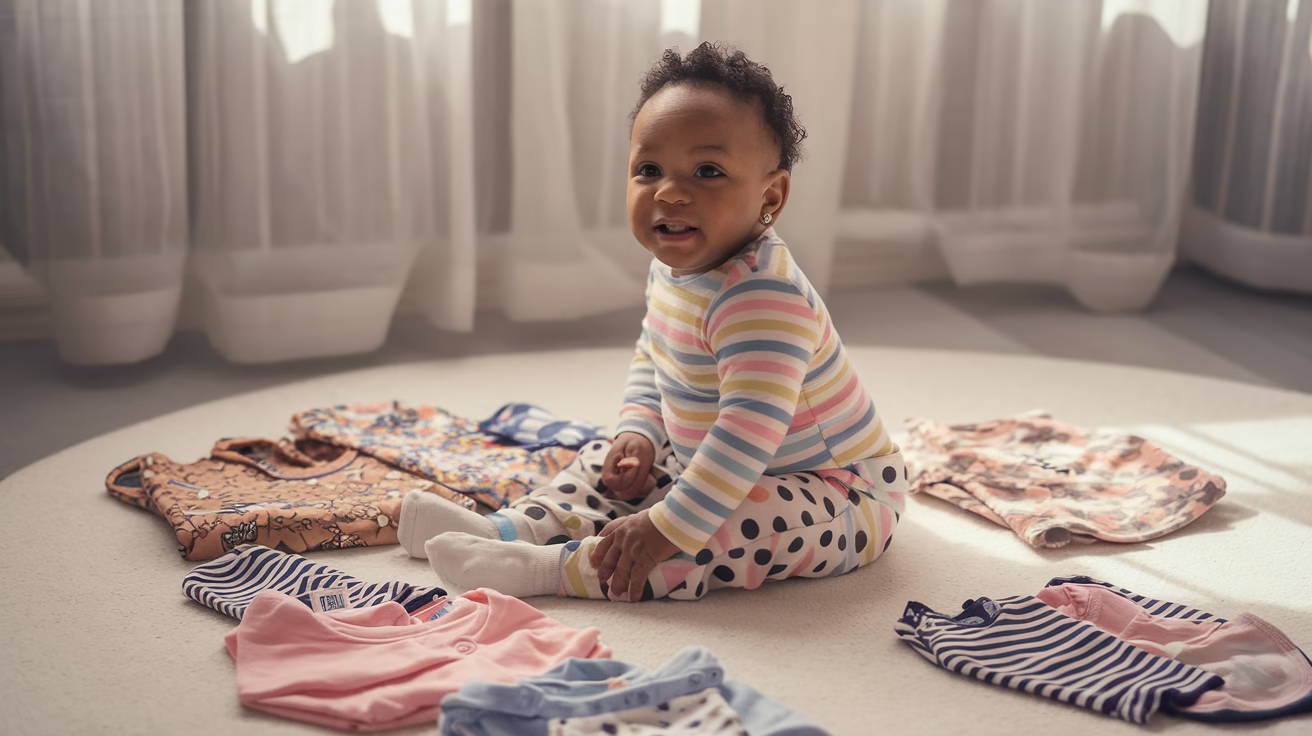
1. The Initial Stage: Fabric Selection for Infant Apparel
Choosing the right fabric is one of the most critical decisions in the manufacturing process of infant apparel. The fabric not only affects the feel and comfort of the garment but also plays a significant role in its durability and safety.
Fabric Types Used in Infant Clothing:
There are a variety of fabrics used in the creation of infant clothing. Cotton is often the go-to fabric because it is soft, breathable, and gentle on a baby’s sensitive skin. For cooler weather, organic wool or fleece might be chosen to provide warmth. On the other hand, fabrics like bamboo and linen are popular for their hypoallergenic properties.
Factors Influencing Fabric Choice:
When selecting fabric for infant apparel, several factors come into play. The most important of these are softness and breathability. Babies have delicate skin, and their clothing must allow air to circulate to prevent irritation. Safety is another top priority. That’s why hypoallergenic fabrics are favored, as they reduce the risk of allergies or skin conditions. Choosing sustainable fabrics is also increasingly important, as parents today are more aware of environmental concerns.
Impact on the Final Product:
The quality of the fabric is directly tied to the final product. Poor-quality fabric can result in discomfort, fading, or even skin irritation. The right fabric, however, ensures that the clothes are both comfortable and durable. As a parent, you want to be confident that your baby’s clothing is made from the finest materials available.
View more: 7 Adorable Baby Clothing Trends That Are Taking Over 2025
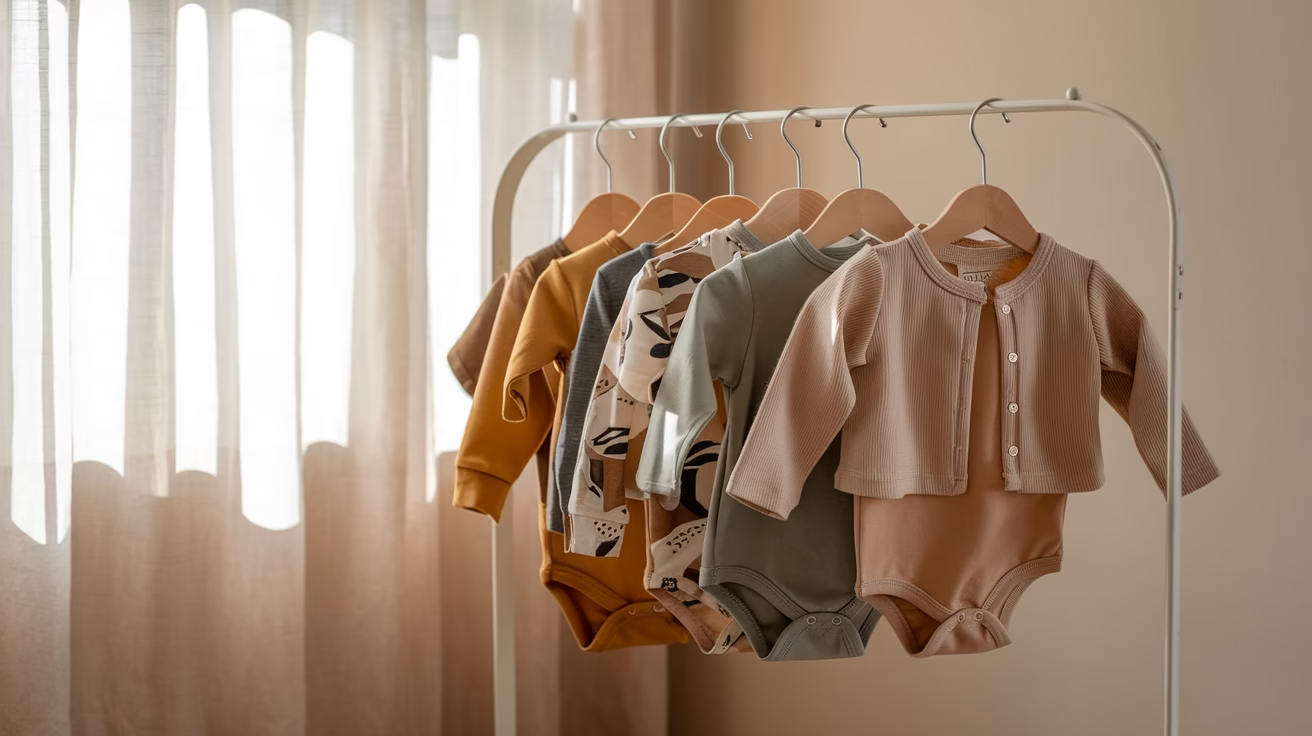
2. Designing Infant Apparel: Functionality Meets Style
Once the fabric is selected, the next step in the infant apparel manufacturing process is design. The design stage is where functionality and style come together, ensuring that the clothes are not only practical but also aesthetically pleasing.
Role of Designers:
Designers play a crucial role in the creation of infant clothing. They must balance comfort, ease of dressing, and aesthetic appeal. For example, a onesie design must allow for easy diaper changes, while a baby’s outfit needs to reflect current trends without sacrificing comfort.
Design Considerations:
Parents want clothing that is easy to put on and take off. This is especially important for newborns, who can be fussy during dressing times. Additionally, comfort is paramount—no rough seams or uncomfortable fastenings. Aesthetics come into play with trendy designs, but the overall usability of the garment remains the priority.
I recall buying my little one a cute romper that looked adorable, but I quickly realized it was a challenge to put on and take off due to tight buttons and an awkward fit. A perfect example of how design can affect not only the look but the usability of a product!
Prototypes and Samples:
Before mass production, designers create prototypes and samples of the clothing. This is the stage where they test the clothes to ensure they meet both design and safety standards. They also make adjustments if something doesn’t fit as expected.
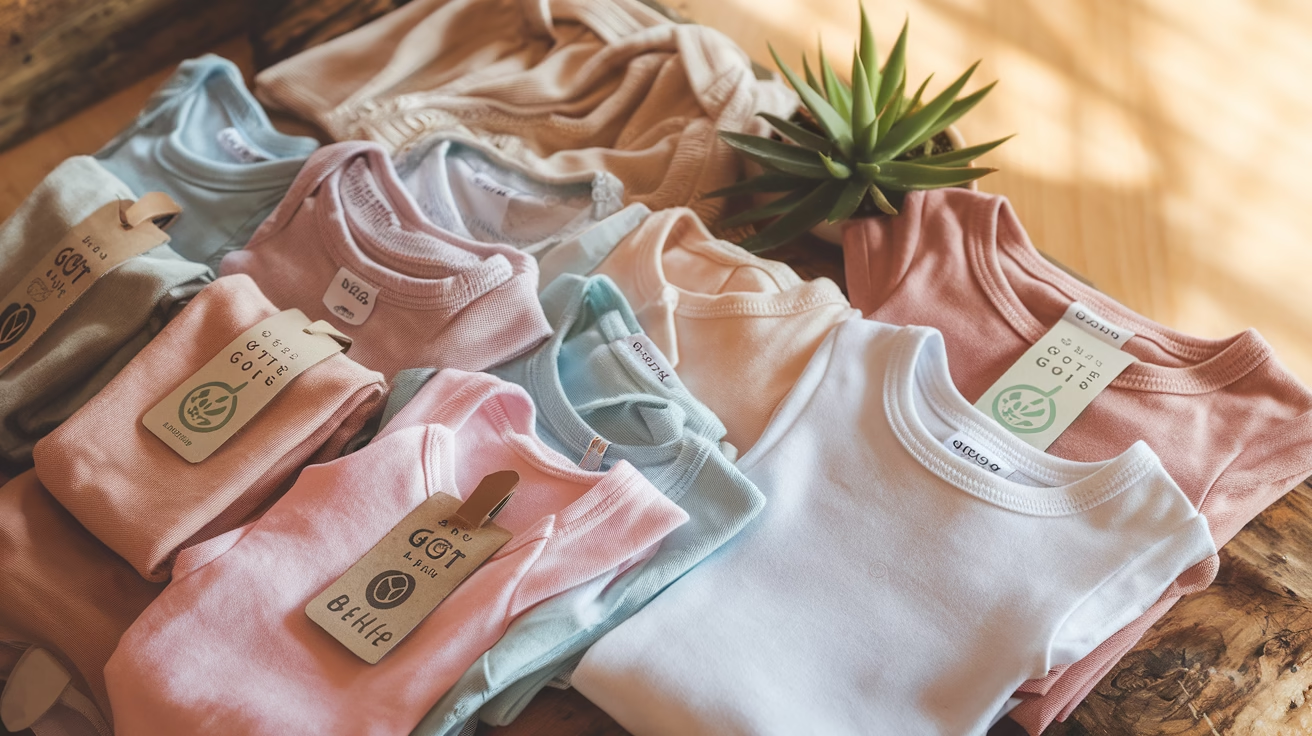
3. Cutting and Pattern Making in Infant Apparel Manufacturing
The cutting process is the next crucial step in the manufacturing process. It ensures that each piece of fabric is properly shaped and sized to form the garment’s components.
Cutting Process:
Efficiency and accuracy are key in this stage. Each piece of fabric must be cut precisely according to the design specifications. Today, many infant clothing manufacturers use automated cutting machines, which help ensure that the pieces are cut with high accuracy. However, some manufacturers still rely on manual cutting for more intricate designs.
Importance of Accurate Patterns:
The accuracy of patterns directly affects the comfort and fit of the final garment. If the pattern is off, the clothing may be uncomfortable for the baby. For example, a onesie with incorrect arm or leg holes may restrict movement or cause discomfort. That’s why precision in pattern making is essential.
Tools Used for Pattern Making:
In modern manufacturing, tools like CAD (Computer-Aided Design) software help create accurate patterns, but traditional methods, such as hand-drawing patterns, are still used in some cases.
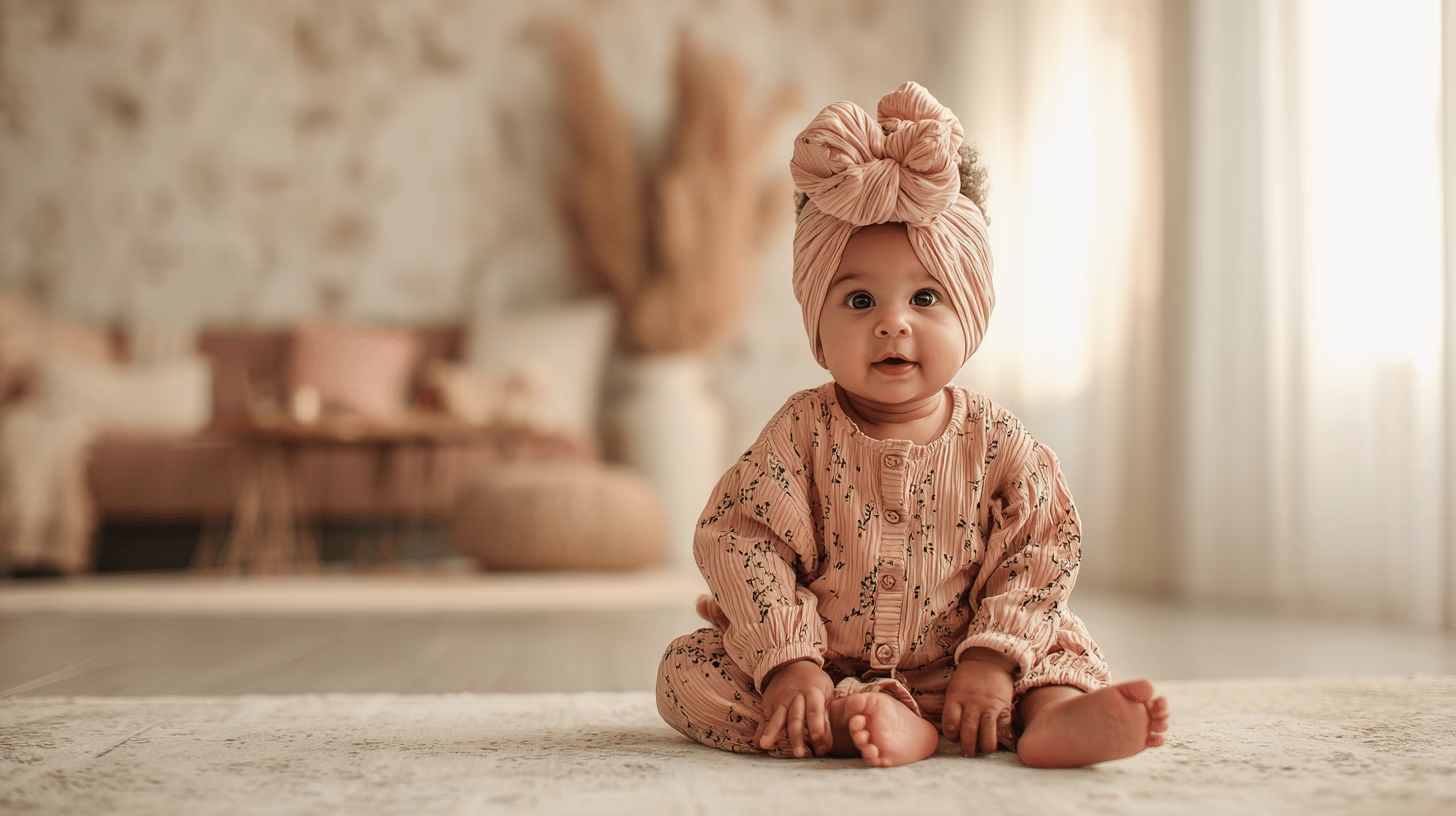
4. Sewing and Assembly: The Heart of the Manufacturing Process
Now, we move into the sewing and assembly stage, where all the components come together. This is the part of the infant apparel manufacturing process where magic happens—where separate fabric pieces turn into a complete garment.
Sewing Techniques:
Sewing infant apparel requires expertise. Sewing techniques are specifically chosen to ensure the durability of the garment while also maintaining softness and comfort. Double-stitched seams are often used to reinforce areas that experience more stress, such as the crotch area of a onesie.
Types of Stitching:
The types of stitching commonly used in infant clothing include zigzag stitching and overlocking. These types of stitches help ensure the garment’s edges are secure and that the fabric remains flexible and comfortable.
Quality Control During Sewing:
Quality control is crucial at this stage. Each piece is inspected to ensure the stitching is flawless, and any loose threads or imperfections are addressed immediately.
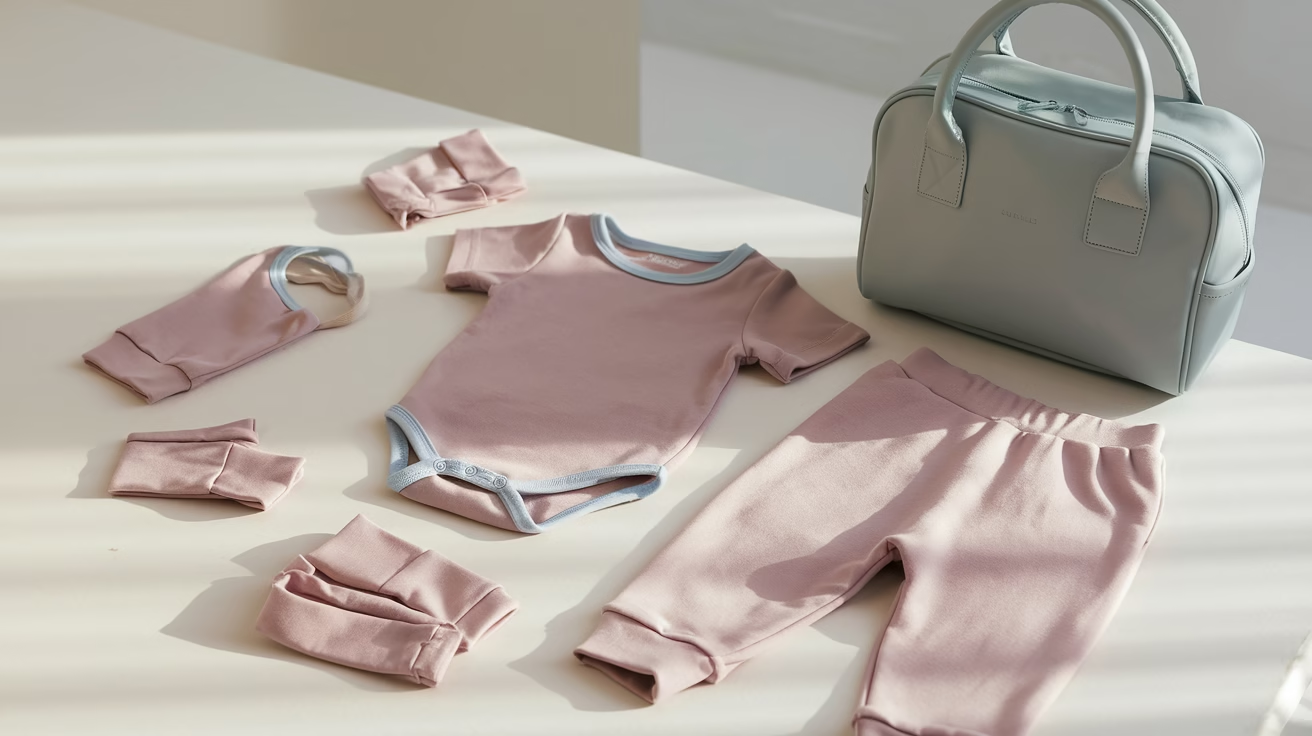
5. Quality Control: Ensuring Safety and Durability
Quality control is at the heart of ensuring that infant apparel is safe and durable. The clothes your baby wears must be free from harmful chemicals and defects.
Strict Quality Control:
Manufacturers employ strict quality control measures to ensure the highest standards. For example, fabric is checked for shrinkage, color fastness, and stitching strength. Any issues detected at this stage are rectified before the garments reach the consumer.
Safety Standards:
Safety is non-negotiable in the manufacturing of infant clothing. Infant apparel manufacturers ensure that clothing is free of harmful chemicals, sharp edges, and other potential hazards. A piece of clothing may be adorable, but if it doesn’t meet safety standards, it can’t be sold.
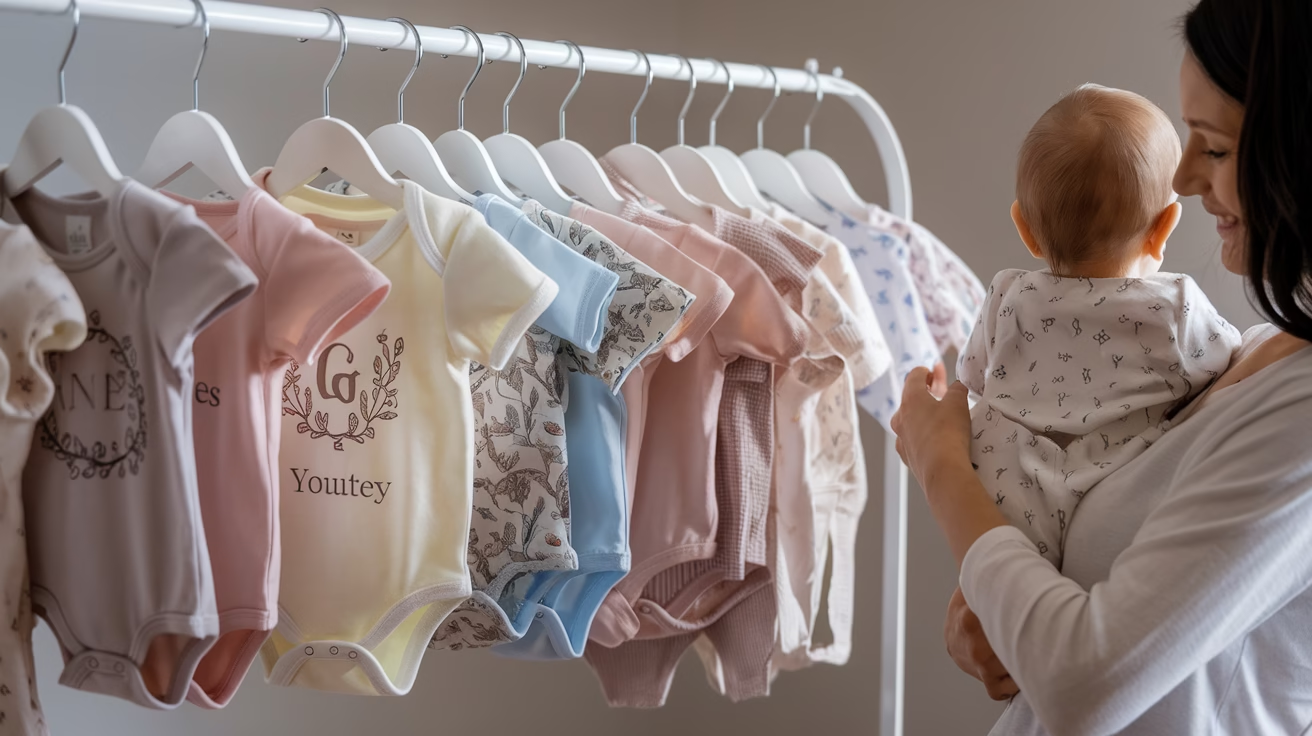
6. Packaging and Distribution of Infant Apparel
Once the clothing is manufactured and quality checked, it’s time for packaging and distribution.
Packaging for Retail and Direct Sales:
Packaging plays a critical role in ensuring that the clothing arrives at stores or to consumers in perfect condition. Some infant clothing manufacturers choose sustainable packaging options to reduce their environmental impact.
Distribution Process:
The distribution process involves getting the clothing from the factory to retail stores or directly to customers. Efficient logistics systems ensure that clothing is delivered on time.
Conclusion:
The journey from fabric selection to the final packaging of infant apparel is a comprehensive process that requires precision, care, and attention to detail. As a parent, knowing the steps involved in creating the clothes your baby wears can help you make more informed choices about the products you purchase. Whether you are a manufacturer refining your process or a parent seeking to understand the intricacies of the infant apparel manufacturing process, this guide gives you a deeper appreciation of the craftsmanship that goes into every tiny piece of clothing.
Petelulu is Your Best Partner for Starting Your Kids’ Clothing Line
If you’re looking for a reliable clothing manufacturer for your children’s clothing line, Appareify will be your top choice. Here is why we can relieve stress for your kids’ clothing business:
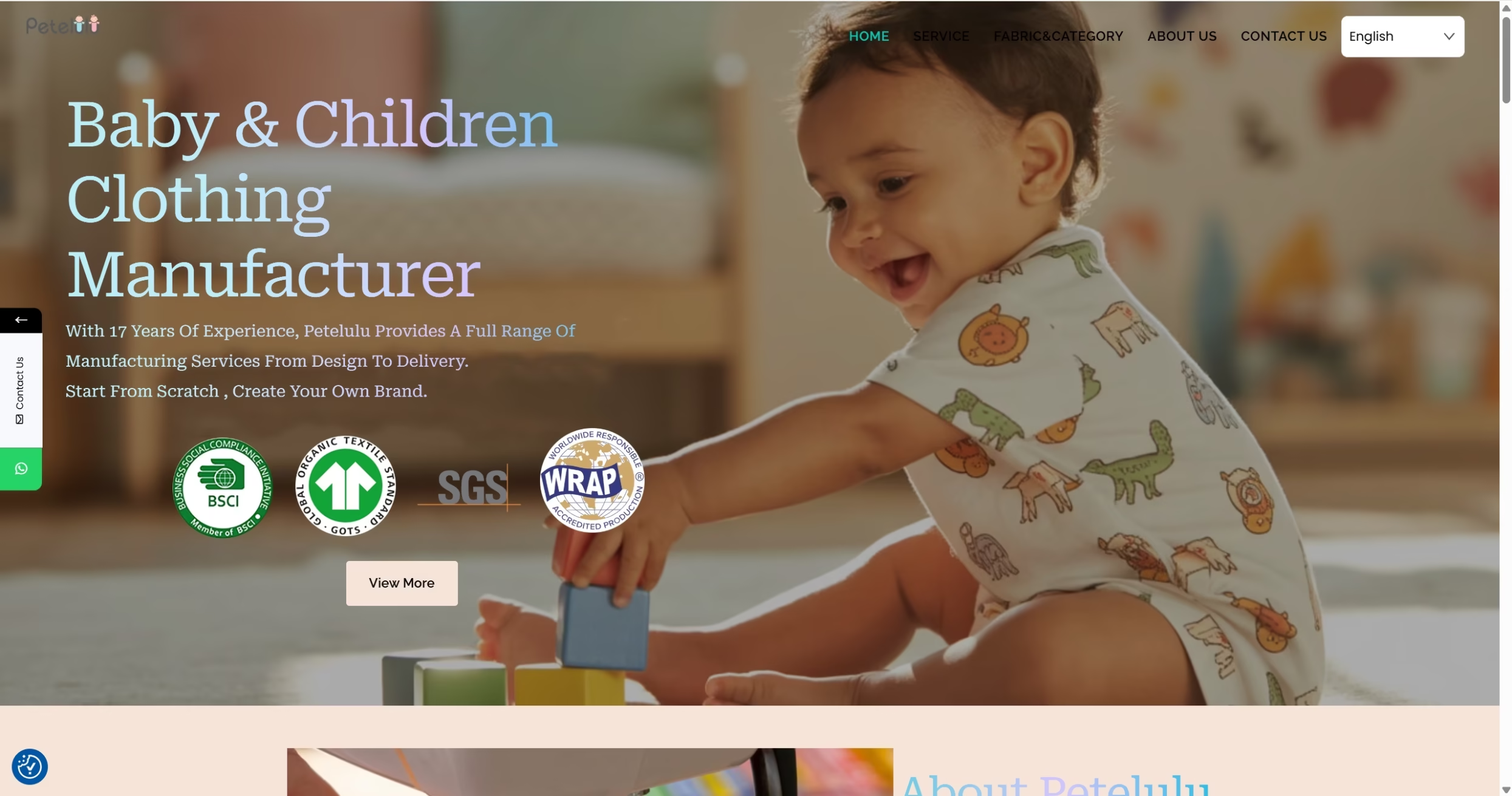
Custom Children’s Clothing Manufacturer
Appareify is a leading clothing manufacturer that has assisted many businesses with their own range of bespoke clothing. We can create children’s clothing tailored for your style and material needs
Experienced Production & Team
Partner with Appareify and benefit from our years of clothing manufacturing expertise. Our professional design and production experts can easily turn your business ideas into reality.
Sustainable Commitment
We use biodegradable materials and fabrics to turn your ideas into reality sustainably. You’ll get children’s clothing that is friendly to the environment.
About the author
Xhiney, founder of Petelulu, brings over 20 years of experience in children’s wear design, production, and international trade. A contributor to Children’s Wear and Junior magazines, Xhiney has spent 17 years working with high-end children’s wear brands in Europe and the U.S., offering expert insights and support.
